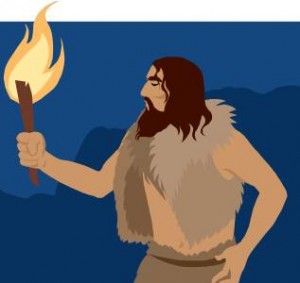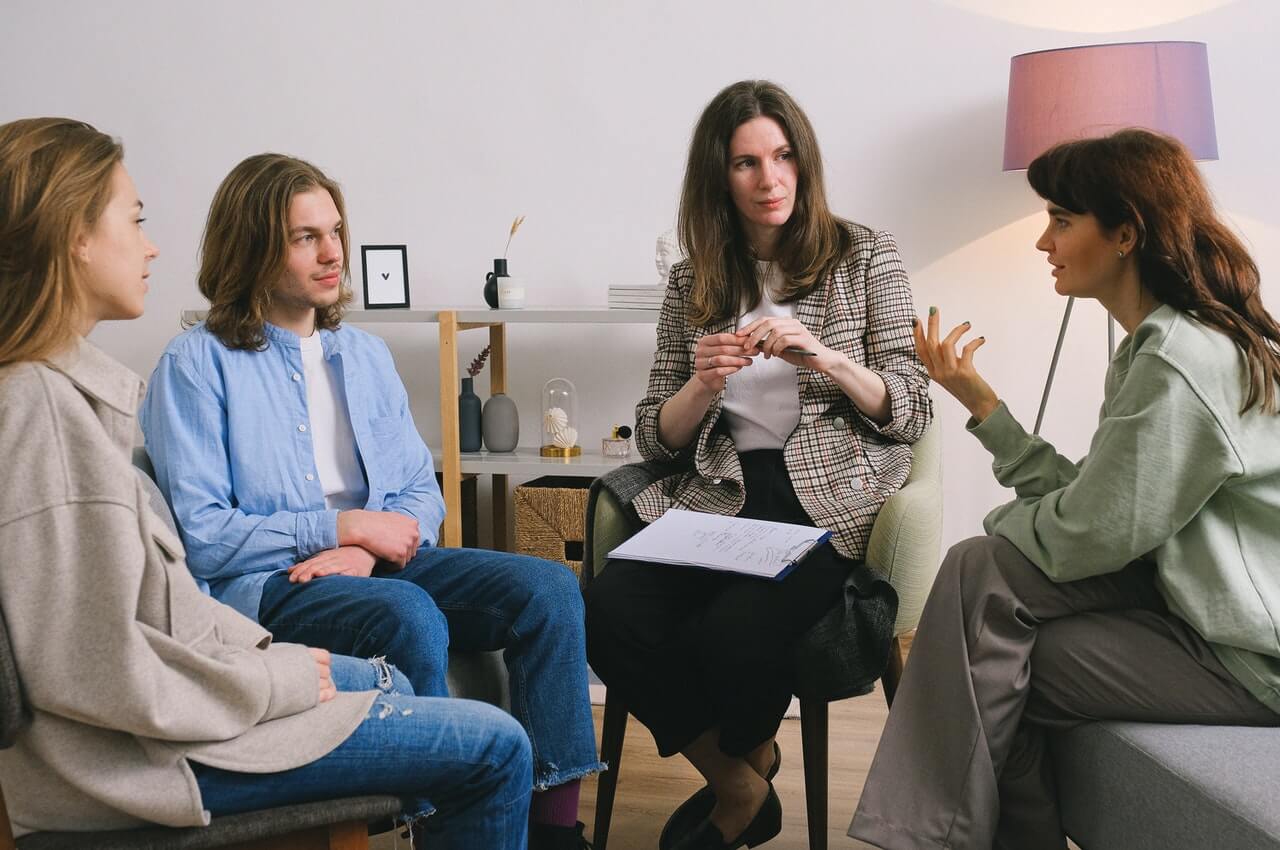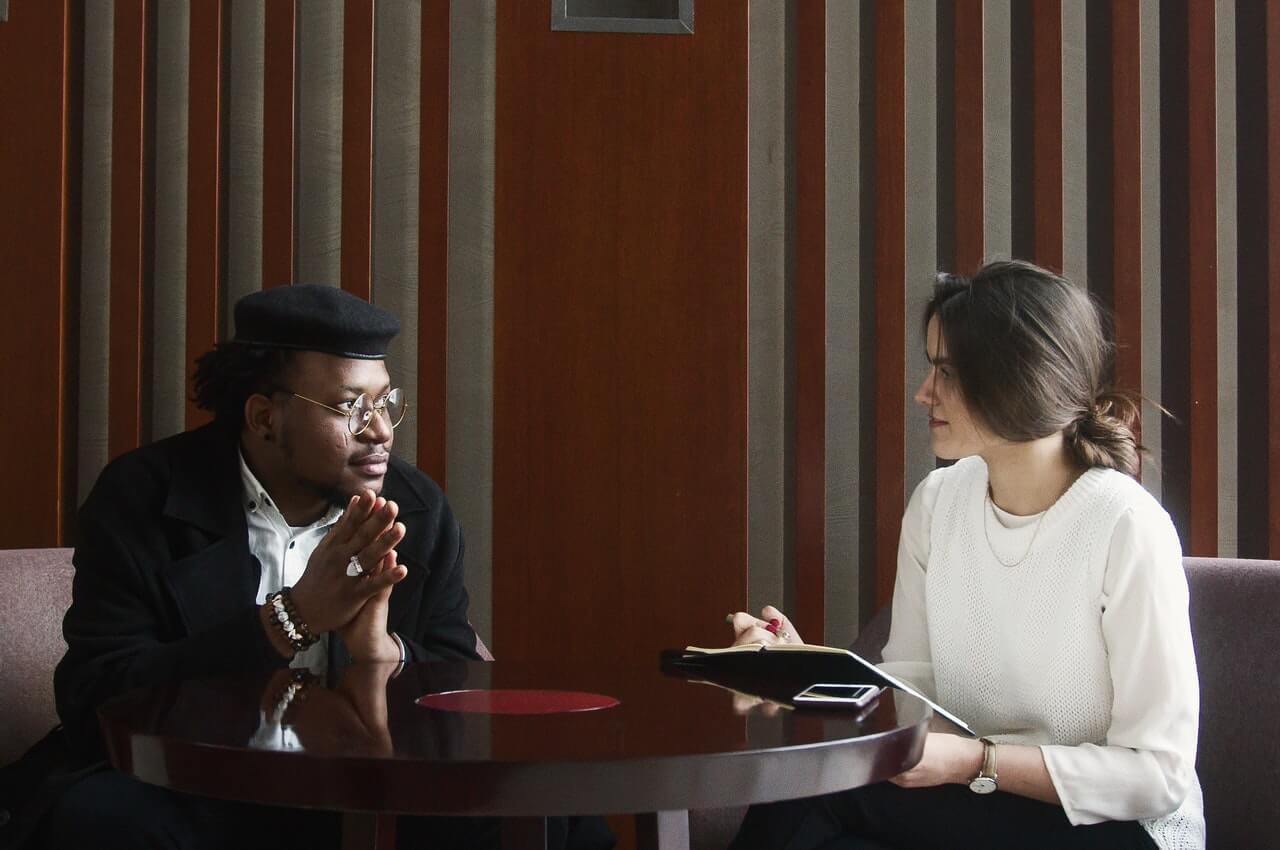Some days I long for the days of just knowing and doing my part for the cave, but that was a long time ago. It was more basic then. I taught myself. Not really. I observed and modeled the behavior of others, my elders. They knew what to do. Sometimes, I saw what they did and thought another way might be useful and tried it. If that new way worked better, I kept doing it that way. If not, there was no point to keeping it.
I looked outside for the best ways to do things, and found others who had already discovered very good ways and copied them. It was simpler that way and saved time. I learned that if I sharpened my spear and kept it sharpened I was more likely to kill the first time I threw it and struck my prey. I already knew where the vital organs were; my father taught me–or was it my uncle? I taught my brothers. Later, when game was scarce I had to do what the others who couldn’t hunt did. I gathered roots, herbs, berries, fruits and vegetables–anything edible–even bark for medicine. Who taught me how…I can’t remember, but she was old and wise, experienced in the ways.
I became more and more experienced myself in other matters of my cave as well. Others sought me out to share that experience, and some of my own good ideas, too; and so I was proud. We even shared those ideas with other caves or tribes of the plains. In my own cave, I was recognized as someone good to follow–and others who sought to learn from my example, who followed me, who saw what I saw and did what I did.

It was a simple life. Hard but good.
Then, a stronger cave combined forces with another cave or tribe came and took our land with our natural resources, and many of our people. It made that cave stronger and us weaker. Only a few of us survived, and we started again. As one who was more experienced, I became one of the leaders. We found new land and new resources, and others like us, or those with another clan or tribe looking for a chance to do more for themselves –too make us strong again. And, we were.
We are strong and get stronger everyday. We stand up to the clan/tribe that defeated us before, and they regard us with respect; they dare not attack. They know we are smart. We find ways to work around each other, even together when we must. We map out territories; it works out well for everyone. We have even begun to send old and wise ones to teach them some of our new ways–especially if it helps both our clans. We have much to share. It is making us both solid and safe. It is our hope it will make us thrive as a people for a long time, and there will always be plenty.
The leaders must keep us secure. They know things. They must continue to be clever. That way we can always keep our people fed and healthy. The caves and the tribes all have smart people who learn what they need to learn. They seem to never stop. This, I think, is a good thing. We will survive and grow. We are a wise people.
Training changes you. It makes you better for the company and you can never get away. They won’t let you; you’ve become too valuable to lose to a competitor. Sure it makes it easier for you to do your job, but it makes you think of more things that make you even more invaluable to the company; it makes more work for you–okay, and more money, promotions-therefore responsibility, and prestige or reputation. Credibility. Can you handle it?
A little different approach, I admit. But don’t you get the feeling that sometimes it’s just so obvious–that it’s all around us, waiting for us to take advantage? The survival skills we learned in prehistoric times are still valid–only we have labels. See another article of mine, What Would the Cave Man DO: How We learned All We Know About Training. Training is not just part of a job; it’s part of life and survival of the fittest. The fittest are those who keep learning when you don’t have time to wait millions of years for evolution to kick in. Sorry, Darwin.
Please check out my other articles here on the subjects of training and communication. I love credibility in the workplace, seeing good plan come together, and I love seeing people who love their jobs. Specialists are great, but thinking outside the clichéd box belongs to those specialists and others, who are always willing to learn, always looking for connections; they are the cave man learners of today. I also have a website where my views go beyond training and development. I co-exist in another world of performance criticism and commentary as you’ll find on my website. Look under WHAT I SAY. You’d be surprised how these worlds intersect. Communication is after all, communication. The best communicators can sell anything or not have to. Our job is only part of who we are. Now, where did I put my spear…
For a different approach to what training is good for, check out this article by Robert Bacal, of Bacal and Associates: Training — Ugh! What is it good for?
—
For more resources about training, see the Training library.
For a look at the human side of training from my Cave Man perspective, please check out my book, The Cave Man Guide to Training and Development. Happy training.

